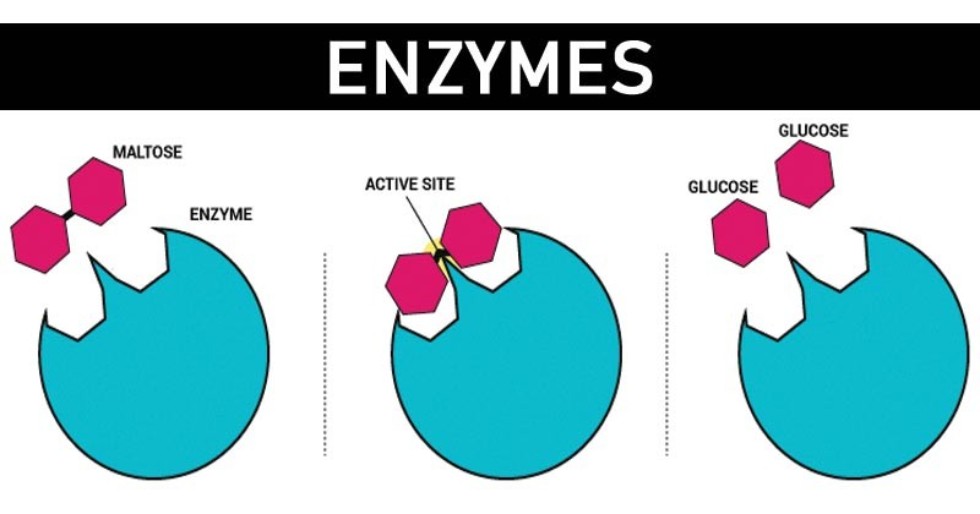Bacilli and their enzymes show prospects for several applications in agriculture and healthcare

A paper was published by the Kazan Federal University in Frontiers in Microbiology.
The Laboratory of Enzyme Biosynthesis and Bioengineering of Kazan Federal University is engaged in several projects in fundamental and applied fields of biology and medicine. For several years, the main focus of research has been the production and characterization of enzymes. Enzymes such as subtilisin-like proteinase, glutamyl endopeptidase, and metalloproteinase have been described in detail in the dissertations of Ye. Mikhailova, T. Shamsutdinov, and N. Rudakova, respectively. In her dissertation, Iuliia Danilova, who is a co-author of this new paper, characterized the biological effects of all three enzymes. Enzymes, such as phytases, have been studied and described in the works of A. Suleimanova and A. Akhmetova. A vital contribution to the research on these proteins was made by N. Balaban. The study of enzymes is supervised by Professor Margarita Sharipova.
This publication is devoted to the description of different microbial enzymes with prospects for practical application. The interest in microbial enzymes is due to the inability of animal and plant proteolytic enzymes to fully meet the needs of the global population. Microorganisms are an accessible source of enzymes owing to their wide variety, the safety of handling, ease of cultivation, and genetic transformability. Screening and characterizing these enzymes from different sources offer many benefits from both environmental and industrial standpoints. Microorganisms are considered an important source of proteases because they can be rapidly obtained in large quantities using established fermentation methods, and they produce a normal and abundant supply of the desired product. Microorganisms are producers of a wide range of proteins and enzymes with useful properties. In addition, microbial proteins have a longer shelf life and can be stored under sub-optimal conditions for several weeks without a significant loss in activity.
In recent years, several studies have been carried out on the characterization of bacillary proteases. Researchers from different countries have obtained enzymes with fibrinolytic and thrombolytic properties. There are known strains of the genus Bacillus which produce proteases exhibiting high activity in the degradation of the β-amyloid peptide, which causes Alzheimer's disease. It is recognized that most microbes live in complex communities called biofilms. One negative trait of the formation of biofilms is the detriment they can inflict in healthcare, agriculture, and industry. The anti-biofilm activity of bacillary proteases has been tested on a large number of bacterial biofilms. Phytases are considered as a means of increasing the availability of organic phosphorus in grain feed for farm animals, which could provide an alternative to mineral sources of phosphorus introduced into the feed.
The lack of therapeutic agents in areas of medicine, such as cardiovascular, antiviral therapy, and the therapy of neurodegenerative diseases, has spurred the search for new therapeutic enzyme preparations. Fibrinolytic proteases represent a promising alternative to existing drugs for thrombolytic therapy. The proteins described in the article are also proposed as potential agents for drug development against Alzheimer's disease. The creation of drugs based on bacilli or their metabolites that disrupt the integrity of the biofilm matrix is innovative and promising.
To increase the efficiency of animal feed, microbial enzymes that increase the digestibility of nutrients are used. The publication describes commercially available feed enzymes of the phytase and protease families, which are included mainly in the feed for pigs and poultry.
Further investigations of the study will focus on developing technologies that will reduce the cost of enzyme production, while scaling up its application in practice.
The Practical Potential of Bacilli and Their Enzymes for Industrial Production
https://www.frontiersin.org/articles/10.3389/fmicb.2020.01782/full
Source text: Iuliia Danilova
Photo: microbenotes.com
Translation: Yury Nurmeev